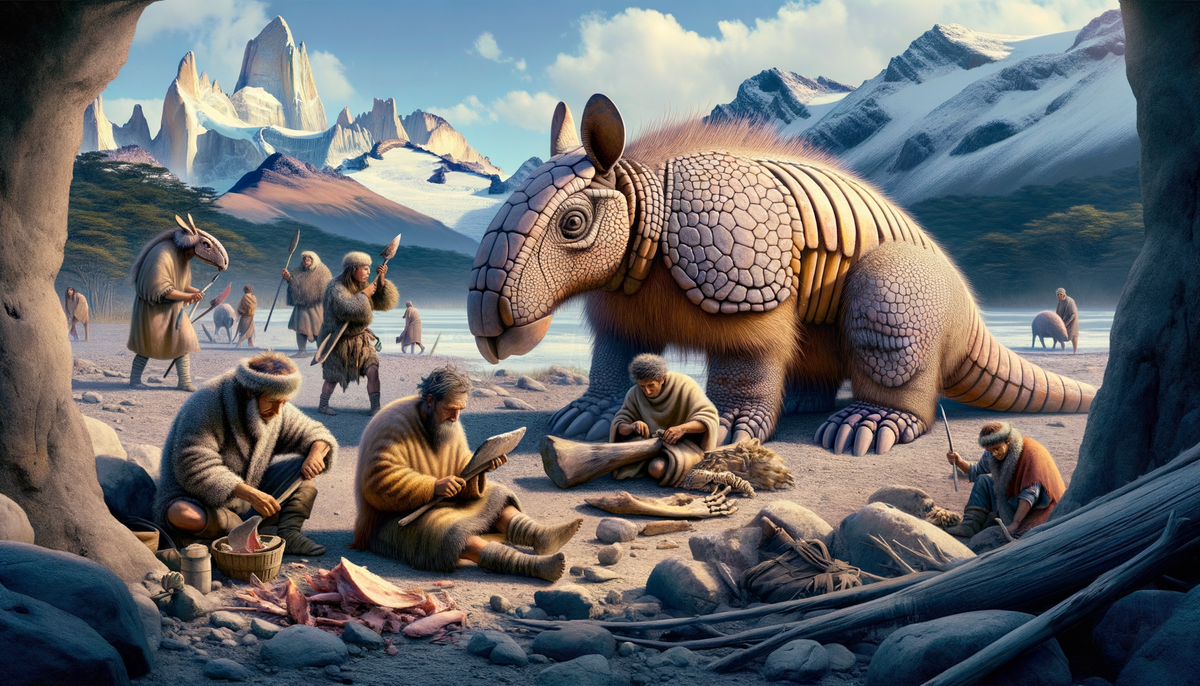Butchered Giant Armadillos Show Early Human Presence in South America

A new study published in the journal PLOS One reveals that over 20,000 years ago, some of the earliest people in the Americas encountered and butchered a giant armadillo-like creature using stone tools. The discovery was made through the identification of cut marks on the fossilized remains of a glyptodont known as Neosclerocalyptus, found in the Pampean region of Argentina. The researchers ruled out other potential causes for the cut marks, such as scavengers, carnivores, or natural weathering.
This finding supports a growing body of evidence suggesting that humans settled in the Americas earlier than previously thought. The bones, discovered near the city of Merlo, Buenos Aires, indicate human interaction with megafauna during the Last Glacial Maximum, a period characterized by cold and dry climates. The research not only pushes back the timeline for human presence in South America but also provides insight into the complex relationship between early humans and large Ice Age animals.




